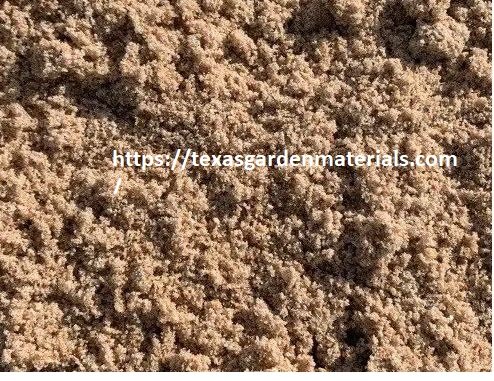Concrete Sand
The primary usage of coarse sand is in the creation of concrete sand. Additional applications for beach repair sand include bedding sand, filtering material for bio-retention ponds, admix product for topsoil, and traction over snow or ice. All that is concrete sand is river sand. Concrete sand is blended with tiny 1/4-inch river pebbles and performs as predicted. Use on any surface that doesn't call for exceptionally fine sand, such as levelling a patio, plugging holes, incorporating into concrete or soil, and so on. Choose fine-grained sand such as our Mason Sand if it is needed for your project. Concrete sand is sand that has been cleaned and screened and is typically utilized as a vital component of asphalt or concrete. Additionally, it can be utilized as a levelling and base layer for decks, walks, pools, and concrete or paving stone paths.
Concrete sand is one of the many materials that are frequently seen on construction sites, but what precisely is it? To begin with, concrete sand is the sandy aggregate that is combined with water and cement to make concrete. Cement mixtures are versatile and have a wide range of uses because of how easily contractors can modify the proportions of cement, liquid, and aggregate. We shall explore the world of concrete sand in this week's blog.
Concrete Sand offers a wide range of applications in construction and landscaping, despite being frequently utilized in asphalt and paving applications. Its size and texture make it perfect for holding pipes, septic tanks, and stones in place while allowing appropriate drainage. It is frequently used as pipe bedding or a paver basis. Concrete sand can be applied as a topdressing for lawns and golf courses, as well as to level off uneven terrain and improve traction on ice roadways. This substance has almost infinite applications!
Concrete sand, also known as paver sand, is most frequently utilized as a major component of hot asphalt or cement. In addition, concrete sand can be used as pipe sand, a base layer, and a levelling medium for concrete paving stone pathways, patios, and above-ground pools. Concrete may be made using just a few ingredients: water, cement, and aggregates. The majority of the concrete's weight and strength come from the aggregates, which include rocks, crushed stone, sand, and other granular elements. In order to prevent the finished product from breaking, construction workers must use the proper kind of particles in their concrete mixture.
Although the surfaces of many varieties of sand may appear identical to the untrained eye, they differ greatly on a microscopic level. While the surface of some varieties of sand is smooth, the surface of others is coarse and angular. More surface area is available for the binding of other materials, such as cement and water, due to the rough exterior. Because of this, coarse sand—like concrete sand—is far preferable to employ in construction when stronger material bonding are required to produce concrete that is more resilient and long-lasting. Numerous non-construction and construction applications call for the use of concrete sand. Although it's most frequently utilized in concrete and asphalt paving stones, it's also a well-liked substance for landscaping.
Concrete sand's size and texture make it the perfect material for securing pipes, stones, and septic tanks while enabling appropriate drainage. It's also a common top dressing for lawns, golf courses, and horse arenas. It also helps to level off any uneven ground and adds traction on ice roads and surfaces. Because it effectively removes surplus water from soil mixtures, it is also a popular additive. Another kind of washed sand product is concrete sand, which has had any dirt on the sand particles or in the mixture removed. This guarantees pure, cleaned concrete sand, making the combination smoother and more resilient.
